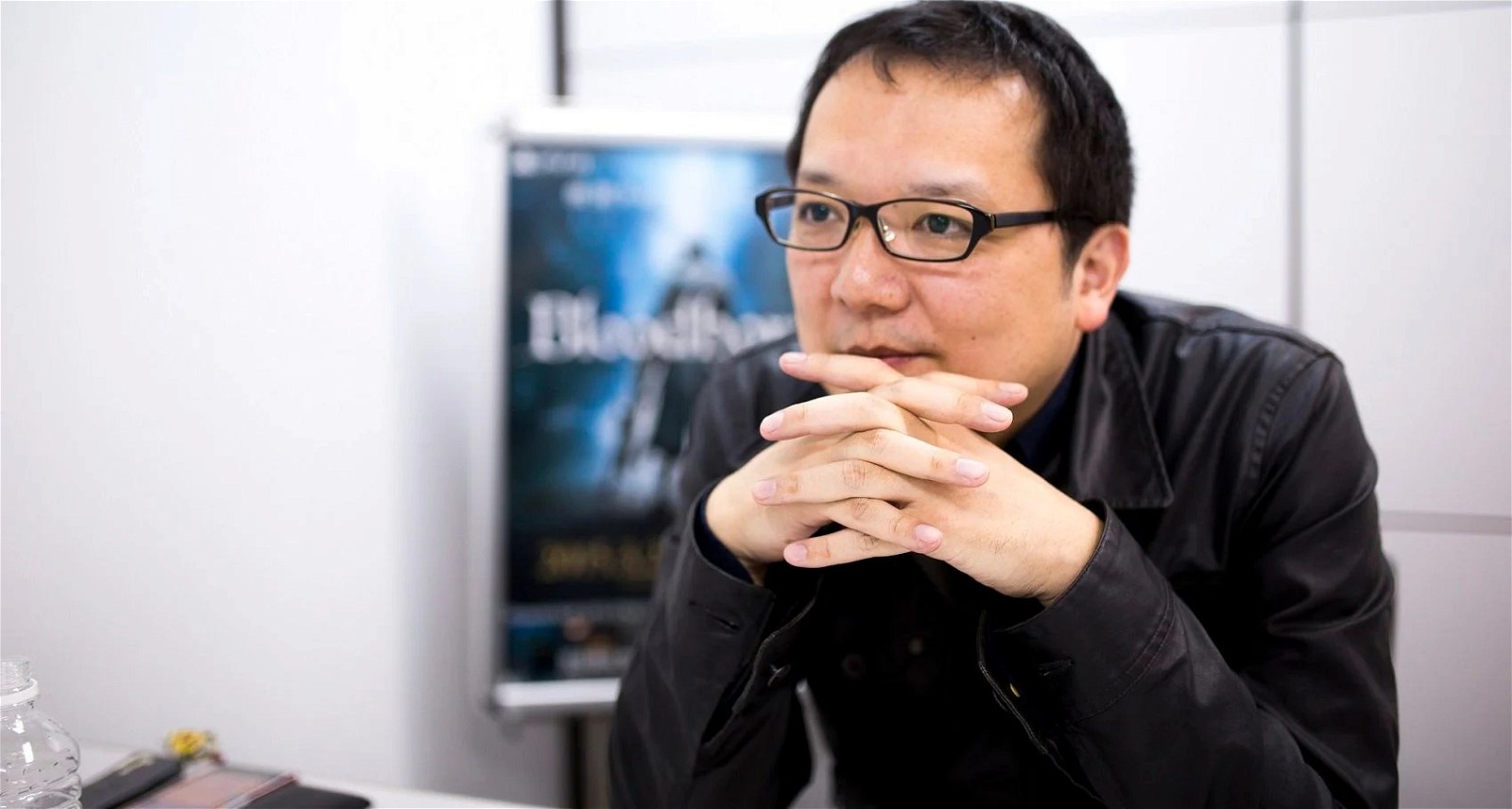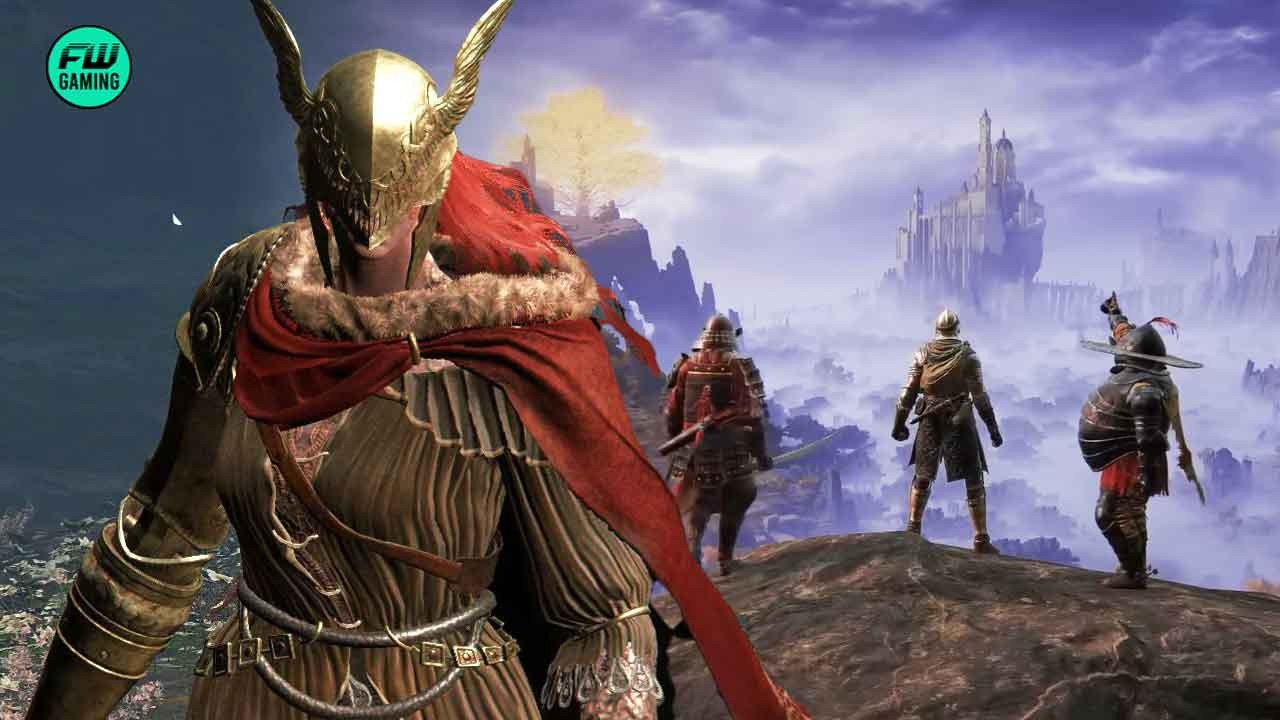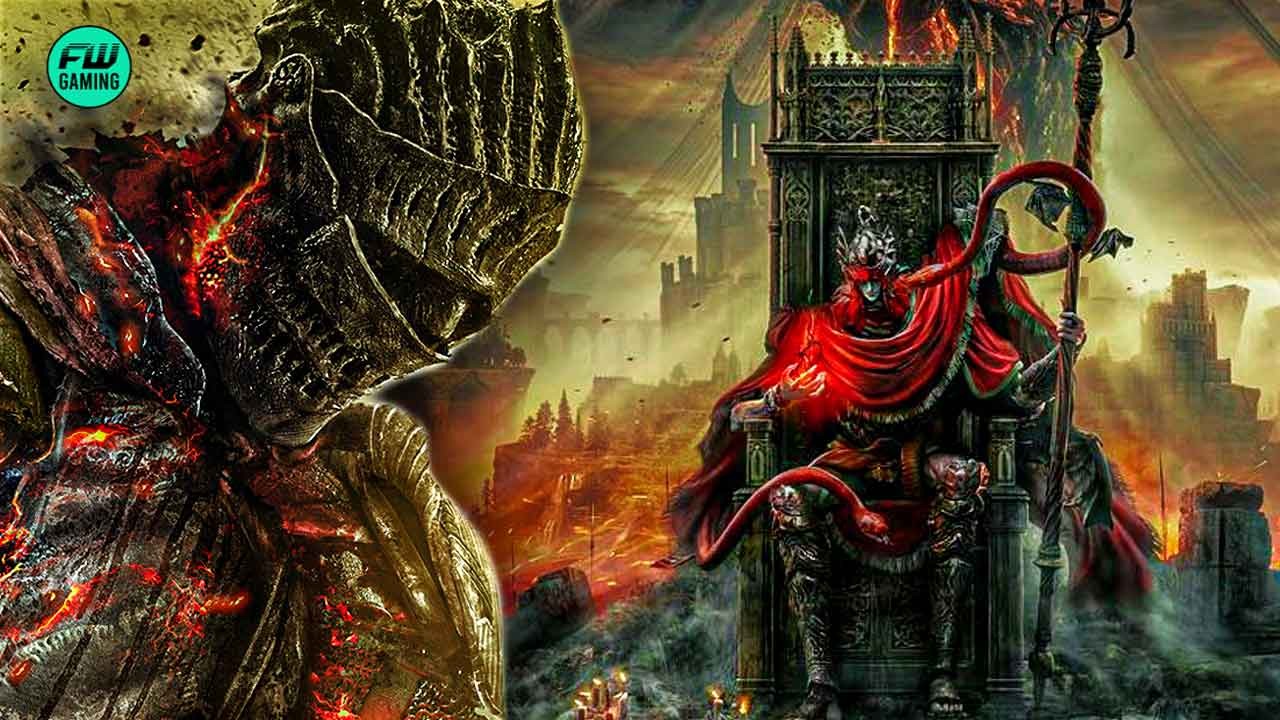Hidetaka Miyazaki, the president of FromSoftware and visionary behind cult-classic franchises like Dark Souls and Elden Ring, has a knack for crafting worlds that are often overrun by decay and populated by twisted creatures, yet still desperately gorgeous.
It has to be questioned how Miyazaki can flawlessly repeat this tactic across every single game he directs. Thankfully, we don’t have to wonder, as he’s spoken about his creative approach – revealing his unique perspective on beauty and the philosophy behind his signature dark aesthetic.
Beauty Is Better When It’s Rare, Says Hidetaka Miyazaki

In an 2019 interview with Niche Gamer, Miyazaki explained his notion of beauty in the worlds of his games, highlighting the idea of contrast as its key driver. He argued:
Light looks more beautiful in darkness. When there is something beautiful in the middle of a wasteland, we are able to appreciate it more. One jewel doesn’t look like much when you have a pile of them, but if you find one jewel in the midst of mud, it is worth so much more.
This philosophy is evident throughout his games, and it’s quite poignant. The most recent example is Elden Ring, with the expansive Erdtree lighting up the sky with golden hues, while the lands underneath are ravaged with desolation and gloom. Another great example is Astel, Naturalborn of the Void’s arena, with its achingly pretty cosmic backdrop contrasting against the hideous boss.
This principle extends beyond mere graphics and has more to do with art direction. FromSoftware titles don’t have the sharpest visuals or textures, but their art direction is some of the best in the games industry, and it’s all because of Miyazaki’s idea of beauty.
What’s also worth pointing out is the act of discovery and the effort required to earn these moments of beauty in Miyazaki’s games. Players have to overcome grueling enemies and bosses to witness breathtaking vistas, which makes seeing them even more satisfying and deserved.
Miyazaki’s Worlds Mirror His Personal Worldview

Miyazaki explained his stance on world design further, while interjecting his own outlook on the real world.
“Personally, a world that is happy and bright is something that just doesn’t feel realistic to me. It may sound like I have a trauma or something. But I believe that the world is generally a wasteland that is not kind to us. That’s just the way I see it,” said Miyazaki.
His bleak outlook shapes the environments and narratives of his games. FromSoftware worlds are often harsh and unforgiving places, like Bloodborne‘s Yharnam or Dark Souls 3‘s Londor. Beauty exists only in fleeting pockets in these places, but it stands out even more as a result.

However, Miyazaki’s vision isn’t purely nihilistic. His worlds, though dark and dreary, are not devoid of hope. The very act of soldiering on in the face of overwhelming odds, and being rewarded with stunning views when you do, make the struggle worthwhile. The player, by overcoming challenges and piecing together fragments of narrative, becomes an active participant in the discovery of beauty within the ruins.
Hidetaka Miyazaki’s grim and gloomy aesthetic is not simply a stylistic choice. It’s a reflection of his unique philosophy on beauty. By contrasting light and darkness, Miyazaki sculpts worlds that are both mesmerizing and deeply rewarding to explore, thereby proving the efficacy of art direction in carrying a game’s visual identity.




